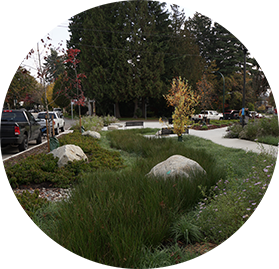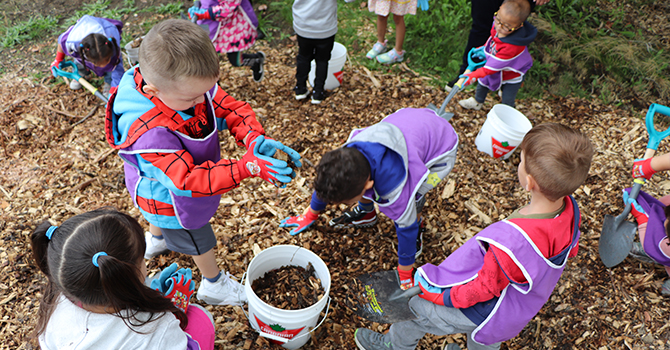

What you need to know
Seeding stewardship offers community members the opportunities to take care of nature-based solutions.
This year, 5 new locations are specifically looking for leaders. Our existing parks and public spaces continue to welcome urban nature lovers and volunteers to support them.
What are nature-based solutions?
Every Vancouver neighbourhood features nature-based solutions, including wildflower meadows and rain gardens.
These spaces:
- Bring nature into the city
- Clean and manage rainwater
- Cool the urban environment
- Mitigate climate change
- Encourage biodiversity
- Make the city more livable
The Seeding Stewardship Program helps connect you to your community and nature through the stewardship of nature-based solutions.
You can receive support to create community opportunities that:
- Build connection through education and stewardship
- Promote biodiversity and healthy habitats
- Support healthy water
- Enhance climate resilience
Locations available for stewardship volunteers
-
-
Pine St pollinator park
1605 W 6th Ave
-
Pine St blue green system
Pine St and W 7th Ave
-
Sunset Park rain garden
E 51st Ave and Prince Edward St
-
Memorial Park South pollinator garden
5955 Ross St
-
China Creek Park North pollinator garden
1001 E 7th Ave
-
W 42nd Ave and Ontario St rain garden
W 42 Ave and Ontario St
-
Tupper Rainway
E 23rd Ave and Carolina St
-
Woodland and 2nd Rain Garden
Woodland Dr and E 14th Ave
-
Riley Park Rain Garden
50 E 30th Ave

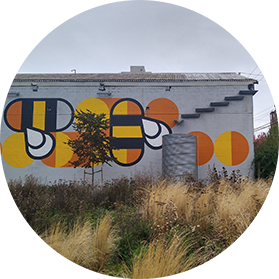
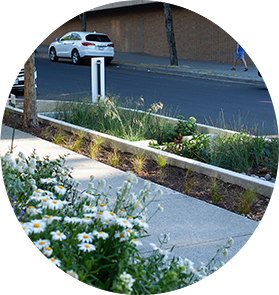
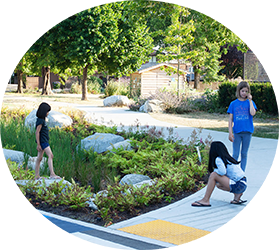
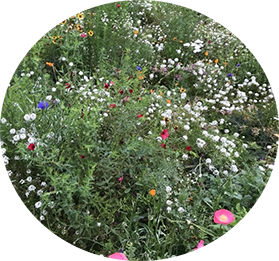
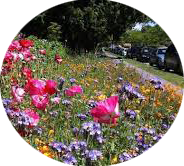 The Park Board installed this pollinator garden in 2019, and community volunteers helped steward it in 2023.
The Park Board installed this pollinator garden in 2019, and community volunteers helped steward it in 2023.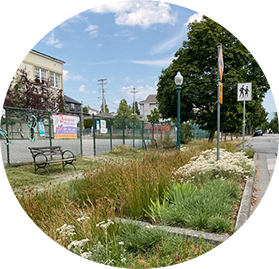
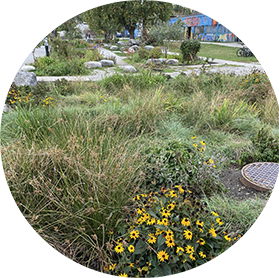
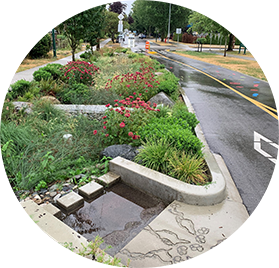 Woodland and 2nd has been transformed into a park-like street that mimics natural ecology to manage water and land.
Woodland and 2nd has been transformed into a park-like street that mimics natural ecology to manage water and land.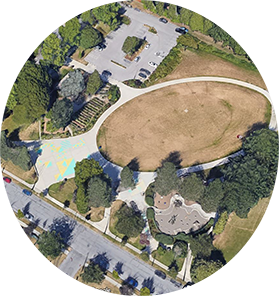 The land that Riley Park is located on an extinct volcano and was a forest before colonization. Pioneers logged the area in the 1890’s to create a community of quarry workers.
The land that Riley Park is located on an extinct volcano and was a forest before colonization. Pioneers logged the area in the 1890’s to create a community of quarry workers. 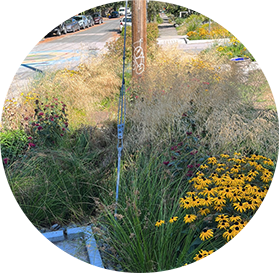 Six rain gardens adorn the 4 corners of this quaint intersection, helping to filter rainwater pollutants while contributing to local biodiversity.
Six rain gardens adorn the 4 corners of this quaint intersection, helping to filter rainwater pollutants while contributing to local biodiversity.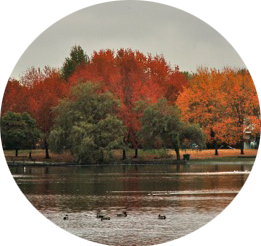 Trout Lake and surrounding bog and streams have been an important part of local First Nation cultural and food harvesting practices since time immemorial.
Trout Lake and surrounding bog and streams have been an important part of local First Nation cultural and food harvesting practices since time immemorial.